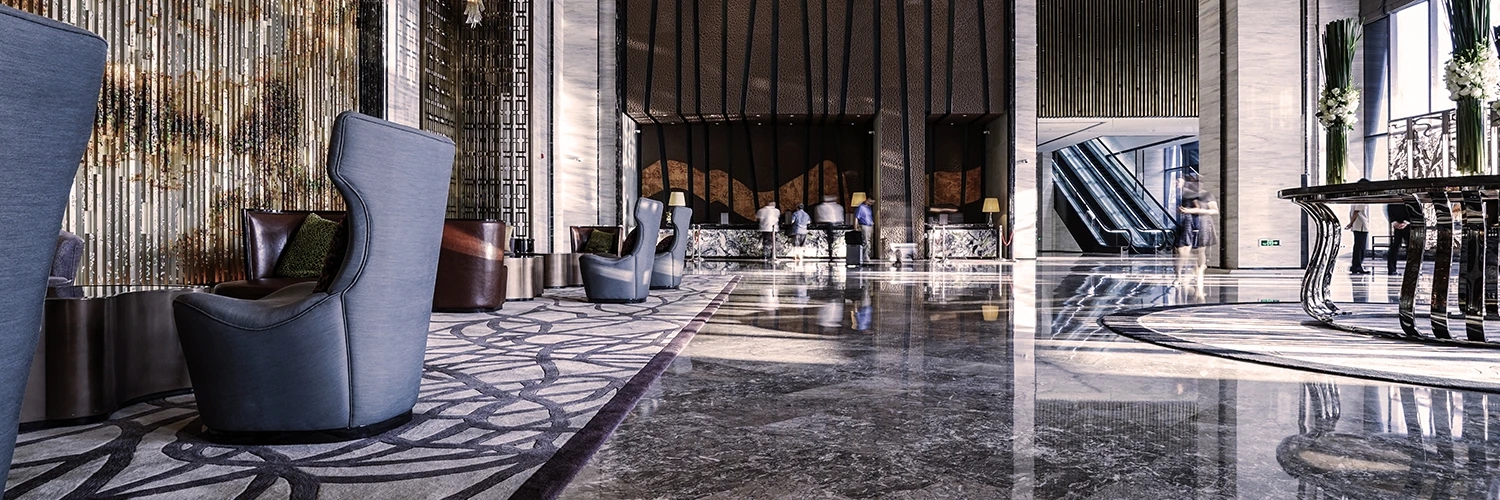 10
Oct
10
Oct
Hotel public area is a good place where can show your hotel's style and culture ,so that is a very import steps when you choose lobby furniture for your hotel .
Your hotel reception design is important as it's an opportunity to make a great first impression. This first impression is formed when guests arrive and enter through the main entrance into the reception area, what greets them on the other side will influence their overall experience in your establishment.
With this in mind, you should create a space that caters to the multitude of clientele needs. By designing a welcoming, functional luxury hotel lobby you will be creating a great first and last impression on your guests. Below are our top 10 tips for hotel reception design.We've compiled our top 10 top tips for the design of your hotel lobby.
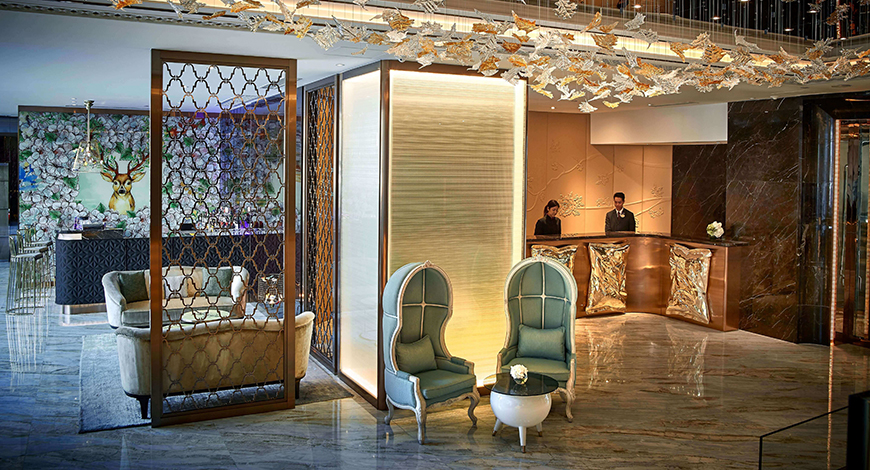
1. Comfortable Seating in lobby
Seating is important anywhere in a hotel, but in particular in the reception area. From tired travellers wanting to relax before check-in to busy families needing space to organise their belongings before going to their room.
Comfortable seating is an obvious choice. Welcoming lounge chairs and tub chairs are attractive to those wishing to find some peace and quiet with a book, or guests who have arranged a quick coffee with a visiting work colleague. However, your hotel reception is not a bar or restaurant and guests should only spend a short amount of time there before moving onto other activities.
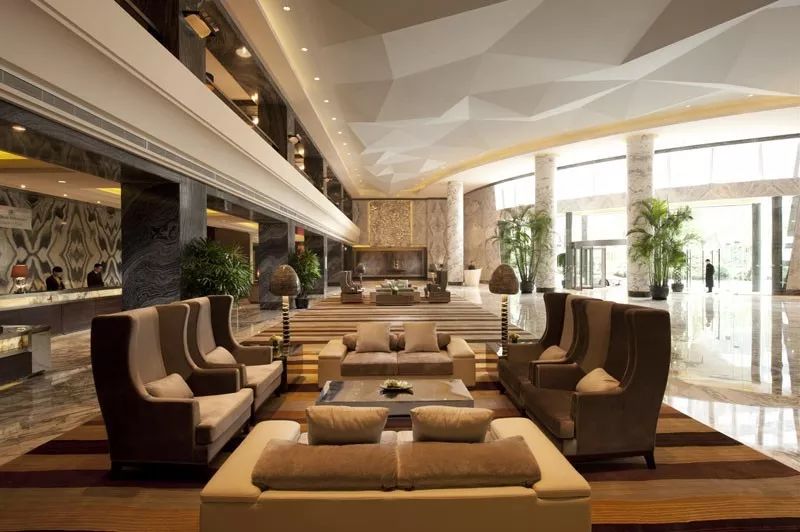
2. Space for Casual Work
Bar stools enable guests to pause for a coffee or take a few moments to respond to emails on their laptops. This choice of seating is ideal for an area that you want to become flexible and the traffic to be fluid as bar stools can easily be moved and take up little floor space. Sofas have lower seat heights and therefore require a lower table such as coffee tables which aren't practical to work from.
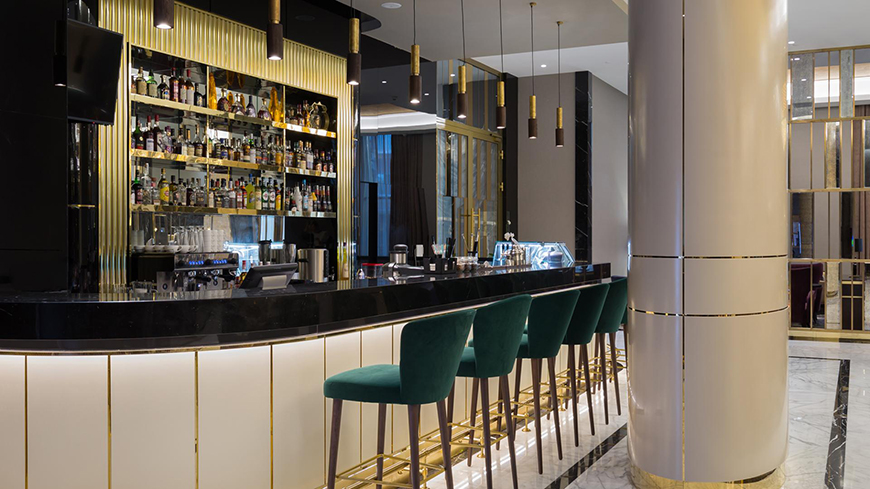
3. Flexible Areas
By consciously selecting certain types of furniture you will be able to create flexible areas within your hotel lobby. Accent chairs tend to be larger and heavier than dining or armchairs for example and therefore are not a practical choice for a flexible area. Armchairs positioned around dining tables area ideal as they can be used by hotel guests having a coffee or easily grouped around tables pushed together for a meeting.
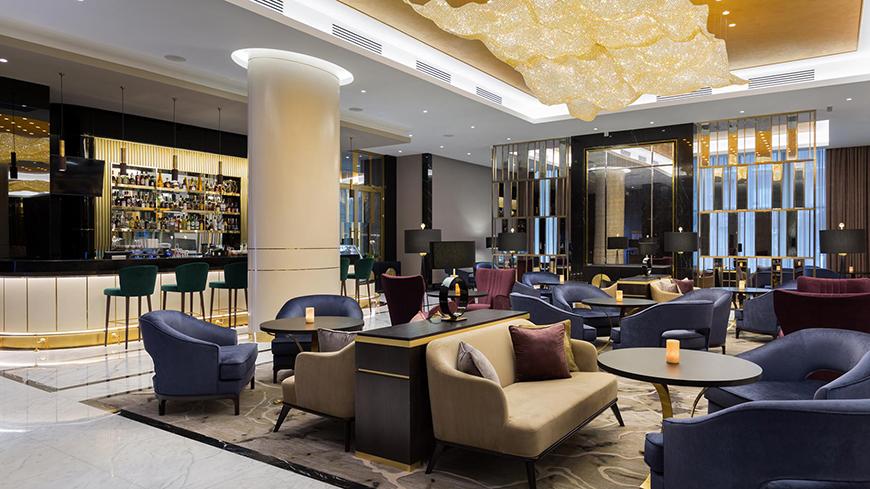
4. Positioning for Convenience
The tables will need to be paired with the right seating to reflect the main activities of the space. Coffee tables are a good choice to go next to lounge chairs, as they create a relaxed space for meetings or coffee breaks. Higher seating and tables will suit the needs of your business guests, providing them with areas to work on their laptops. Make sure these tables are situated near power sockets for convenience and not too close together to offer your guests some privacy.
5. Table Bases
It's a good idea to choose tables that have a pedestal base. A pedestal base does not obstruct chairs when they are tucked under the table, nor does it decrease leg space when tables are combined. They are also easier to manoeuvre without damaging the base or the flooring. To help prolong the life of your hotel reception tables, you can put an edging around them to protect corners from wear and tear. Our Luisa poseur table has both a pedestal base and edge banding, ideal for a hotel reception environment.
6. Don't Obstruct Others
It is unlikely your hotel will have a vast amount of space available for the reception area, therefore you must plan the layout carefully. By allowing clear areas for footfall and space for guests checking in, you can avoid the area becoming unpleasantly overcrowded at prime checking in times. By planning where your furniture will be situated, you can create clear seating zones within the lobby.
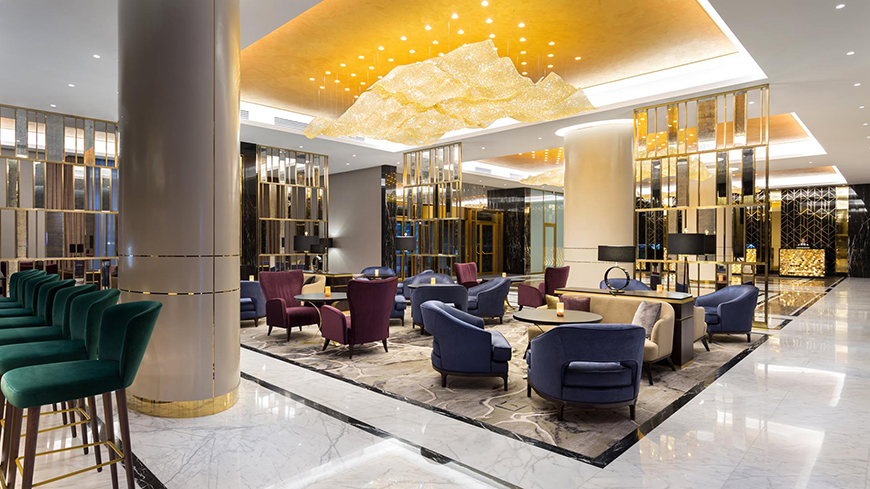
7. Create Quieter Zones
Quieter spaces will benefit from a mix of poseur tables, bar stools and lower seating such as lounge chairs. Closer to the reception desk you could place striking accent chairs and a console table for informative literature for those waiting to be checked in. Primarily, the area should not contain lots of loose furniture as this discourages visitor movement.
However, you should have adequate zones of seating to the sides of the main reception desk to allow space for guests to check in. Making satisfactory space for checking in traffic avoids obstructing walkways and the unflattering look of a chaotic reception lobby.
8. Choose Contract Quality Fabric
All fabrics of a contract standard have passed the Martindale abrasion rub test, and have no less than 40,000 rubs. This means that the fabric is suited for use on commercial furniture that will see frequent use. Hotel receptions see a large amount of traffic and this results in wear and tear of fabrics. You want to be sure your upholstery looks its best for as long as possible.
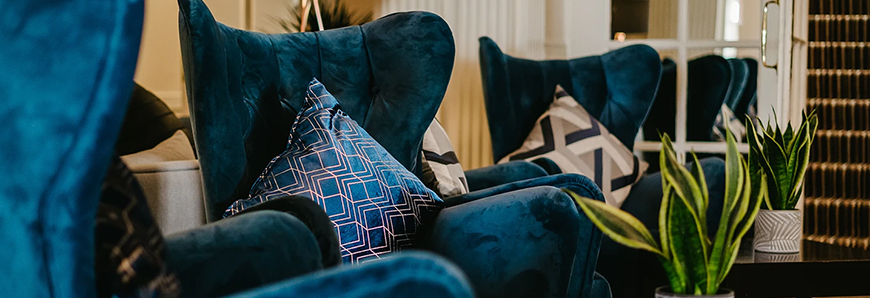
9. Complimenting your Design Scheme
Choose fabrics that do not only compliment your design scheme but are sympathetic to housekeeping. Your hotel reception furniture needs to be easy to clean for employees. Faux leathers for easy wiping and fabrics with patterns to disguise marks are the ideal fabric choices for a lobby.
10. Prolong your Furniture Lifespan
Many of us are guilty of purchasing without having the future in mind, the future is an important factor to consider. Choosing furniture with factors such as loose upholstered seat pads, patterned fabric and wipeable surfaces will all help prolong the lifespan of your hotel reception furniture. Having chairs and sofas with nylon glides or ski legs are ideal options for items of furniture that will be frequently moved around the reception. This will help avoid damage to the furniture legs.
At rainbow, we're experts at helping improve your hotel interior design. and we have made lobby furniture for hundreds hotel. So, browse our website for a range of hotel reception furniture including tables, chairs and ottomans. if you have any needs ,welcome contract our team .